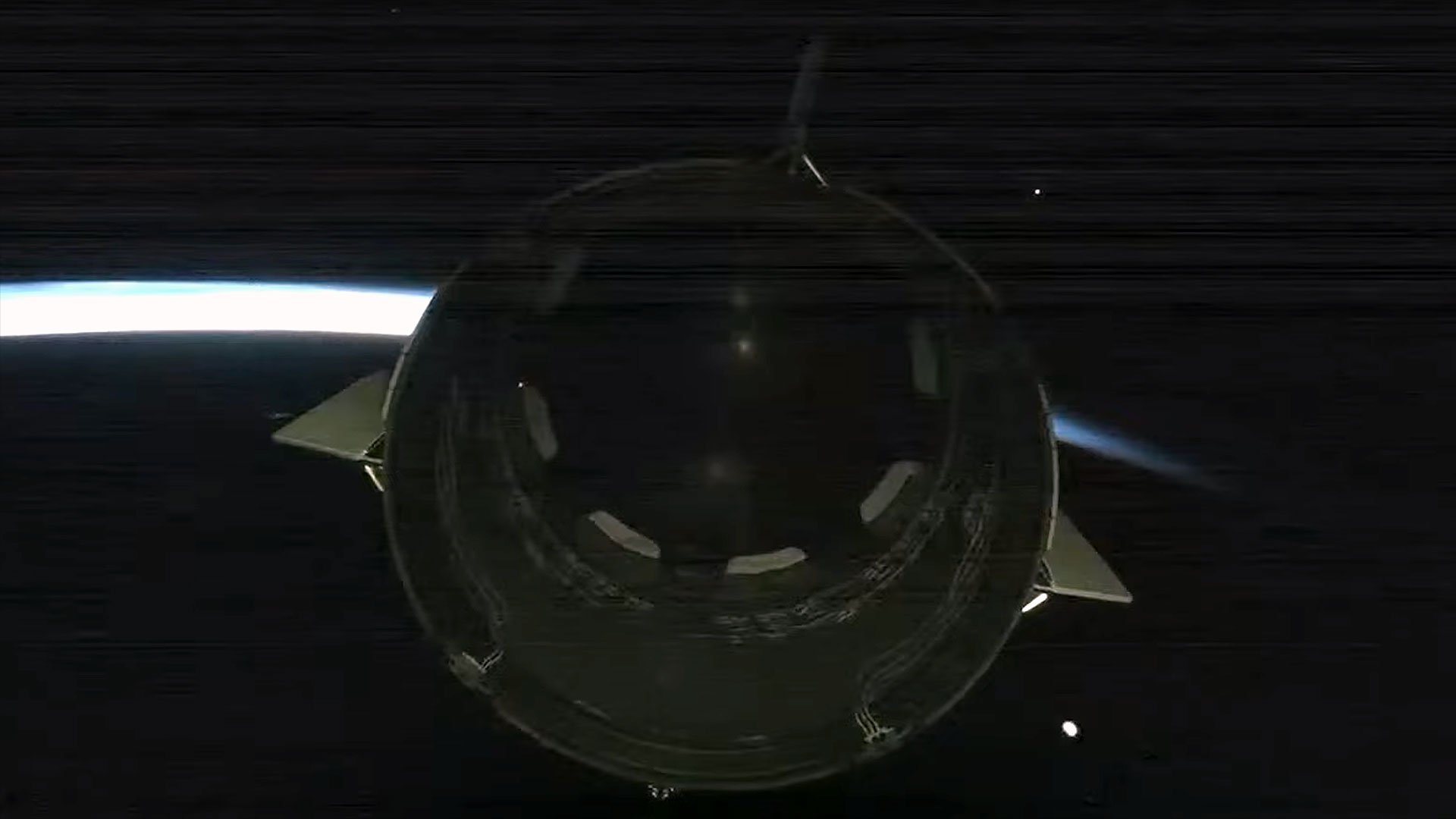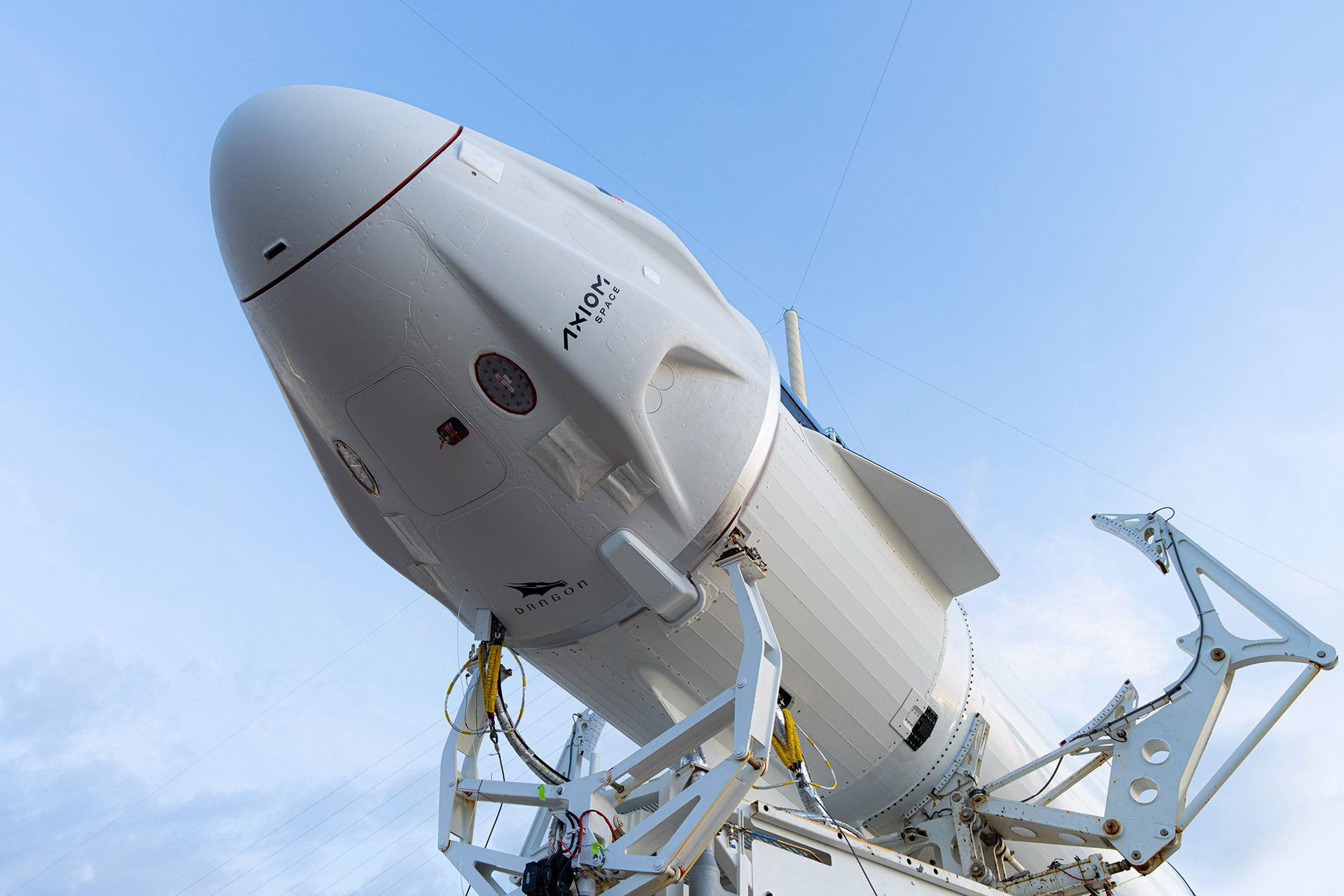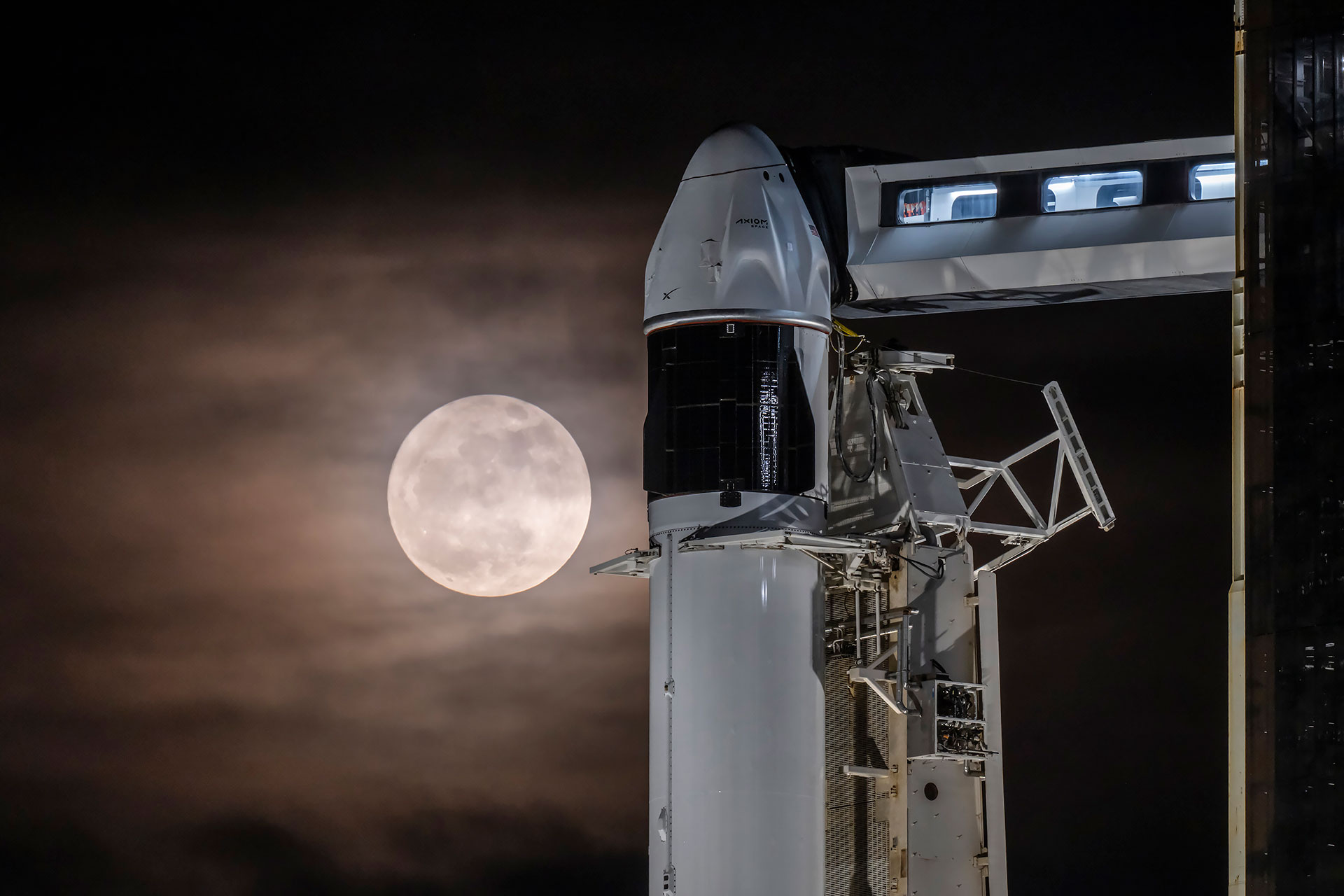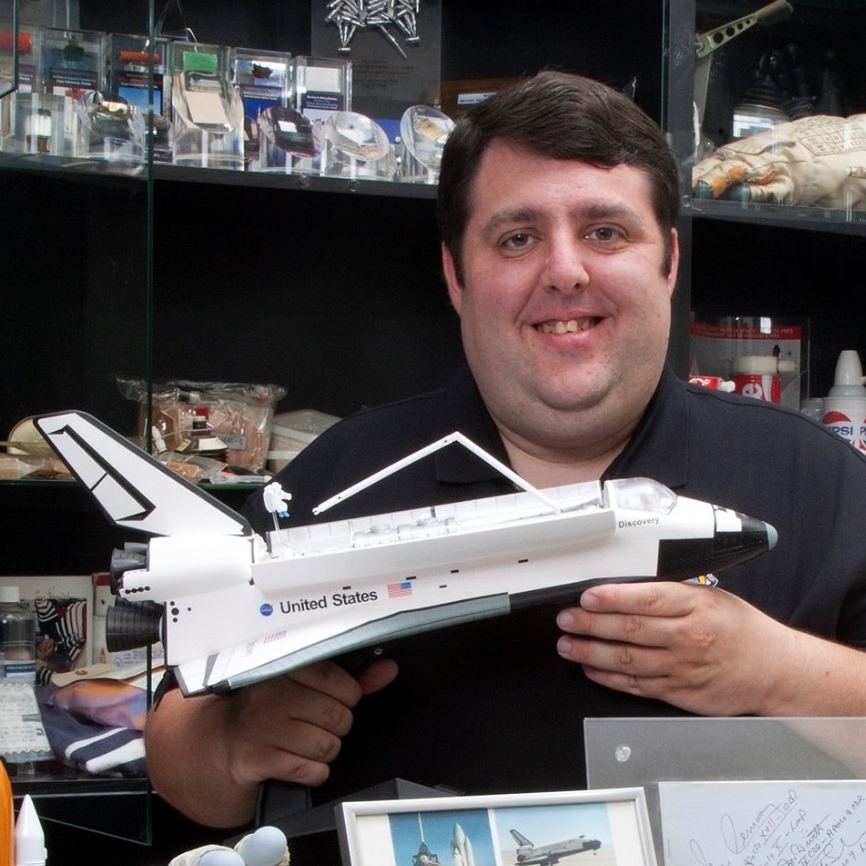With 'Grace': Astronauts name SpaceX's final Dragon crew capsule
First there was "Endeavour." Next came, "Resilience," "Endurance" and "Freedom." And now there is "Grace."

The last Dragon spacecraft that SpaceX plans to build entered orbit for the first time with "grace."
Taking flight on Wednesday (June 25) from NASA's Kennedy Space Center in Florida, the capsule lifted off with Axiom Space's fourth crew to visit the International Space Station. Ax-4 commander Peggy Whitson revealed the spacecraft's name just as it separated from its rocket's upper stage to begin its maiden mission.
"We had an incredible ride uphill and now we'd like to set our course for the International Space Station aboard the newest member of the Dragon fleet, our spacecraft named 'Grace,'" said Whitson, who in addition to leading Ax-4 is the director of human spaceflight at Axiom Space and a former NASA astronaut who holds the record for the most time in space by an American and by a woman.
"'Grace' is more than a name," Whitson said. "It reflects the elegance with which we move through space against the backdrop of Earth. It speaks to the refinement of our mission, the harmony of science and spirit and the unmerited favor we carry with humility."
"Grace reminds us that spaceflight is not just a seed of engineering, but an act of good work for the benefit of every human everywhere," she said.

Whitson's comments were followed by remarks by her crewmates, delivered in their native language. Ax-4 pilot Shubhanshu "Shuks" Shukla with the Indian Space Research Organization (ISRO) and mission specialists Sławosz "Suave" Uznański-Wiśniewski of Poland and the European Space Agency (ESA) and Tibor Kapu of the Hungarian to Orbit (HUNOR) astronaut program are each their country's second citizen to fly into space after a hiatus of more than 40 years.
It has become tradition for the first astronauts to fly on a U.S. commercial crew vehicle to have the honor of naming it. In this case, SpaceX's Crew-10 had originally been assigned to launch aboard the new capsule (referred to previously by its SpaceX serial number, 213). A decision by NASA to advance their launch date, though, resulted in their trading spacecraft with Ax-4.
"Yes, we had thought about it, but maybe even more significantly, we had been lobbied by many different people who had ideas for us," said Crew-10 commander Anne McClain with NASA, replying to a question from collectSPACE.com about her crew's chosen name as part of a pre-launch briefing in March. "So I would like to recognize our excellent flight director, Allison [Bolinger], and her "Athena" flight control team, as she was really lobbying for a name."
"We're not going to share what we would have named the capsule, but we have told the next crew that may potentially fly it that we are now the lobbyists, lobbying them to give it our name," McClain said.
It was not immediately known if "Grace" was Crew-10's (or Bollinger's) preferred moniker. Prior to entering orbit, all that Whitson would say about the name was that it had some relation to "Joy," the plush baby swan toy that she and her Ax-4 crewmates picked out as their zero-gravity indicator. Swans are often described as being graceful.
"What started with 'Joy' now continues on with 'Grace,'" Paul Newton, an Axiom Space engineer, said on the company's live Ax-4 launch broadcast.

Grace now joins the prior Crew Dragons: Endeavour, Resilience, Endurance and Freedom.
"Endeavour" was the first SpaceX spacecraft to fly humans. Christened by its first two crew members, Doug Hurley and Bob Behnken reached Earth orbit on May 30, 2020, and revealed their name for Capsule 206. "Endeavour" was inspired by the effort that it took for a commercial company to launch astronauts and to honor the space shuttle orbiter Endeavour, Hurley's and Behnken's first ride into orbit (on separate missions).
Four months later, after NASA certified SpaceX to begin regular missions to rotate the crew aboard the International Space Station, astronauts Michael Hopkins, Victor Glover, Shannon Walker and Soichi Noguchi lifted off on "Resilience." The four Crew-1 members named Capsule 207 in light of the global pandemic that challenged the teams at SpaceX and NASA to complete the spacecraft and launch their mission.
Capsule 210 was named "Endurance" as a further nod to the then-ongoing pandemic and the tenacity to push beyond it. Crew-3 members Raja Chari, Tom Marshburn, Kayla Barron and Matthias Maurer also acknowledged this history behind the moniker. Ernest Shackleton and his shipmates crossing Antarctica in 1914 became trapped in ice, forcing them to endure months of hardships before being rescued.
"Freedom," or Capsule 212, was named by Crew-4 members Kjell Lindgren, Bob Hines, Jessica Watkins and Samantha Cristoforetti. In addition to celebrating a human right, "Freedom" was borrowed from the name that the first American to fly into space, Alan Shepard, gave his Mercury capsule in 1961.

The tradition of U.S. astronauts naming their spacecraft dates back to the Mercury and Apollo programs. NASA's Gemini capsules were not named and the space shuttle orbiters were christened by a write-in campaign, committee vote or student contest.
SpaceX's Crew Dragon "Grace" is the first human-rated spacecraft to fly under that name. A small "hopper" designed by Intuitive Machines to jump across the moon's surface was also named "Grace" in honor of Grace Hopper, a pioneer in mathematics and computer programming. A new orbiting observatory planned for launch in 2027, the Nancy Grace Roman Space Telescope, carries the name of NASA's first chief of astronomy.
Follow collectSPACE.com on Facebook and on X at @collectSPACE. Copyright 2025 collectSPACE.com. All rights reserved.
Breaking space news, the latest updates on rocket launches, skywatching events and more!
Join our Space Forums to keep talking space on the latest missions, night sky and more! And if you have a news tip, correction or comment, let us know at: community@space.com.

Robert Pearlman is a space historian, journalist and the founder and editor of collectSPACE.com, a daily news publication and community devoted to space history with a particular focus on how and where space exploration intersects with pop culture. Pearlman is also a contributing writer for Space.com and co-author of "Space Stations: The Art, Science, and Reality of Working in Space” published by Smithsonian Books in 2018.In 2009, he was inducted into the U.S. Space Camp Hall of Fame in Huntsville, Alabama. In 2021, he was honored by the American Astronautical Society with the Ordway Award for Sustained Excellence in Spaceflight History. In 2023, the National Space Club Florida Committee recognized Pearlman with the Kolcum News and Communications Award for excellence in telling the space story along the Space Coast and throughout the world.
You must confirm your public display name before commenting
Please logout and then login again, you will then be prompted to enter your display name.
